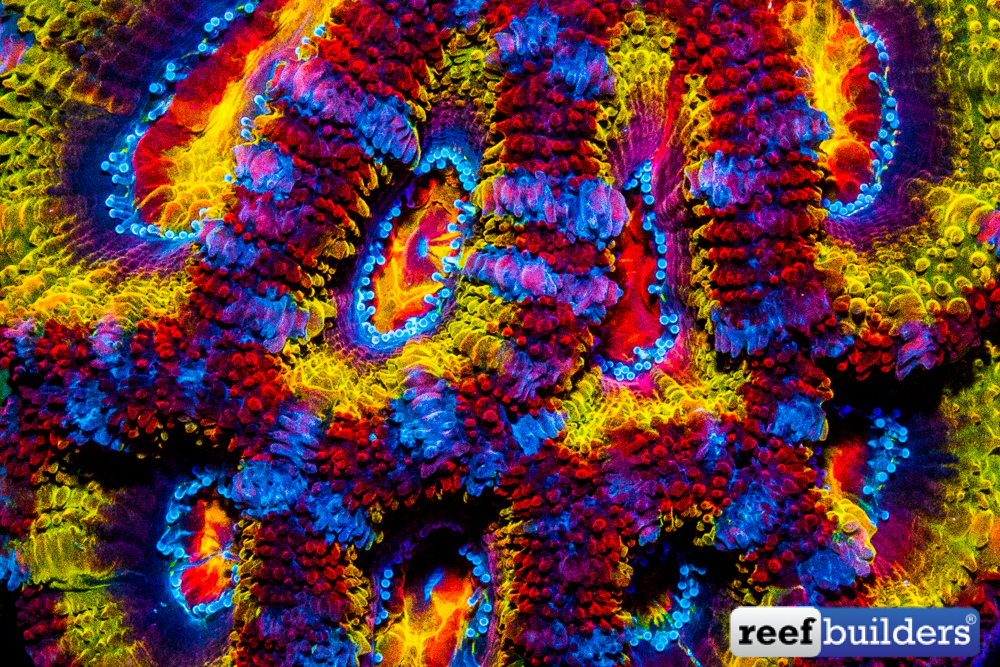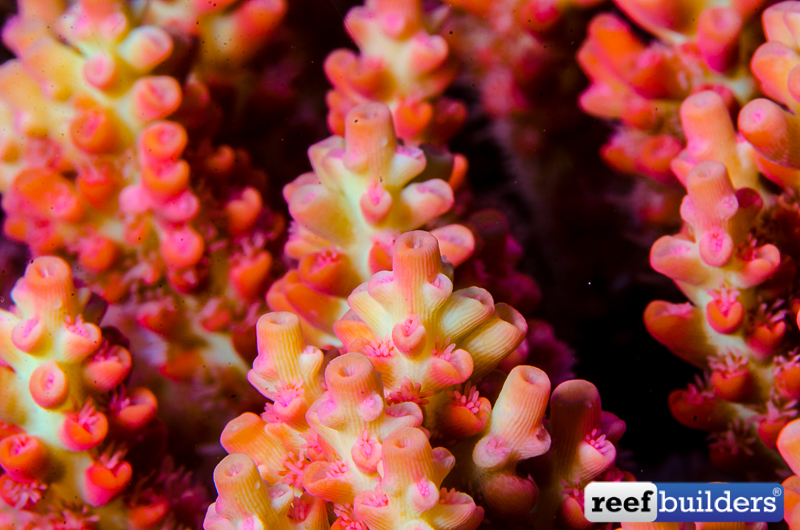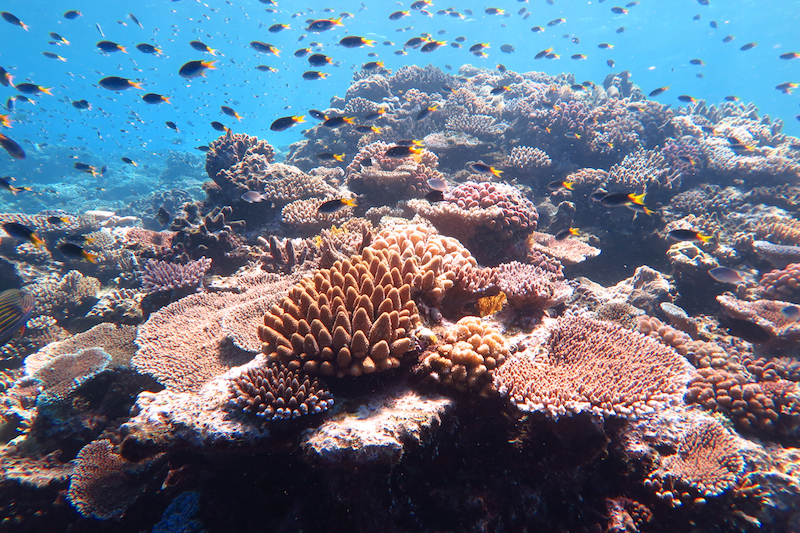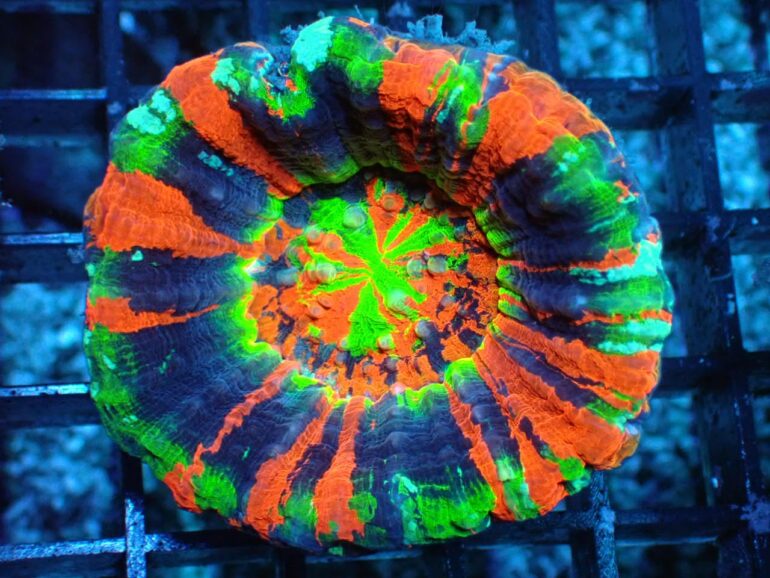The Australian government has confirmed that hard coral export from the Great Barrier Reef can continue for another three years, albeit with several caveats. In a statement by the Wildlife Trade Regulation Section, a new approval for the Wildlife Trade Operation (WTO) for the Queensland Coral Fishery has been put in place until October 28, 2024.
This revised approval clears up months of uncertainty about the long-term viability of the Queensland Coral Sea Fishery which, if the collection was prevented, would see an end to popular wild Aussie-sourced hard coral species including Homophyllia, Micromussa, and Trachyphyllia.
According to an assessment of the Queensland fishery by the Australian government, the region has historically been a leader in low impact, hand collection, and fishery management. But collection increased significantly over the last decade with overall harvest levels hitting 100,000kg for the first time in 2018/19, and the percentage of “specialty” hard corals of concern peaking at over 40% of that catch in 2019/20.

Some of this may be down to the Indonesian export ban happening around that time, but it also shows our growing appetite for colorful, collectible corals in general with more demand than ever for Scolies, Acans, Torches, Cats, and Trachys, to name but a few.
The government identified several management shortfalls in June of this year and stated that the busy Coral Sea Fishery had not kept pace with its own growth. This manifested itself when CITES required data from the fishery to prove that it was non-detrimental to the species it was harvesting each year, but that data visibility was absent, i.e, it couldn’t be provided at that time. Risking a ban.
CITES import authorities in some countries then aired on the side of caution with no catch data to go on, still allowing existing, accepted permits to continue, but not allowing further applications after June. The supply of Australian corals in some countries began to dry up leading to confusion and conflicting messages from country to country, importer to importer, and some panic set in as to the current state of play with Queensland corals.
A CITES export ban for Eastern Australia could also potentially jeopardize coral exports from fisheries in Northern and Western Australia. Exports mean income, so Ministers stepped in to sort the problem out, and a short-term, three-year Wildlife Trade Operation was created to better manage the fishery, continue its success, and importantly, gather more data.

New conditions
Coral collectors will now have to adhere to no fewer than nine different marine park and fisheries regulations, but also undertake work to let the Department of Agriculture and Fisheries know the composition of coral genera collected, especially Acropora, and ideally to species level. A report will then be supplied to CITES on an annual basis.
In 2022 new harvest limits will be introduced on many popular hard coral species including Acropora spp, Micromussa lordhowensis, Homophyllia cf. australis, Trachyphyllia geoffroyi, Acanthophyllia deshayesiana, Catalaphyllia jardinei, Fimbriaphyllia ancora, Euphyllia glabrescens, Duncanopsammia axifuga, Cycloceris cyclolites and Montipora spp.
Limits will remain in place until data is provided to CITES that the collection of the above species is non-detrimental. And by June of 2022 Queensland must publish a revised ecological risk assessment, better train fishers to identify corals to species level, and provide traceability of wild-collected Aussie corals versus captive bred.
So the Coral Sea Fishery gets a temporary reprieve. With harvest/export quotas in place, it will affect the number of corals that Queensland can export to all countries, but the WTO will now hopefully provide CITES with the data it needs, and help prevent it from putting taxa specific bans into place in the future, which would be far worse. Exports of some of our favorite corals from Queensland Australia will continue for now, and we hope they will be managed in such a way to guarantee their continued availability.




